Blogs & News
We are focus on automotive wiring harness & connectors technology.
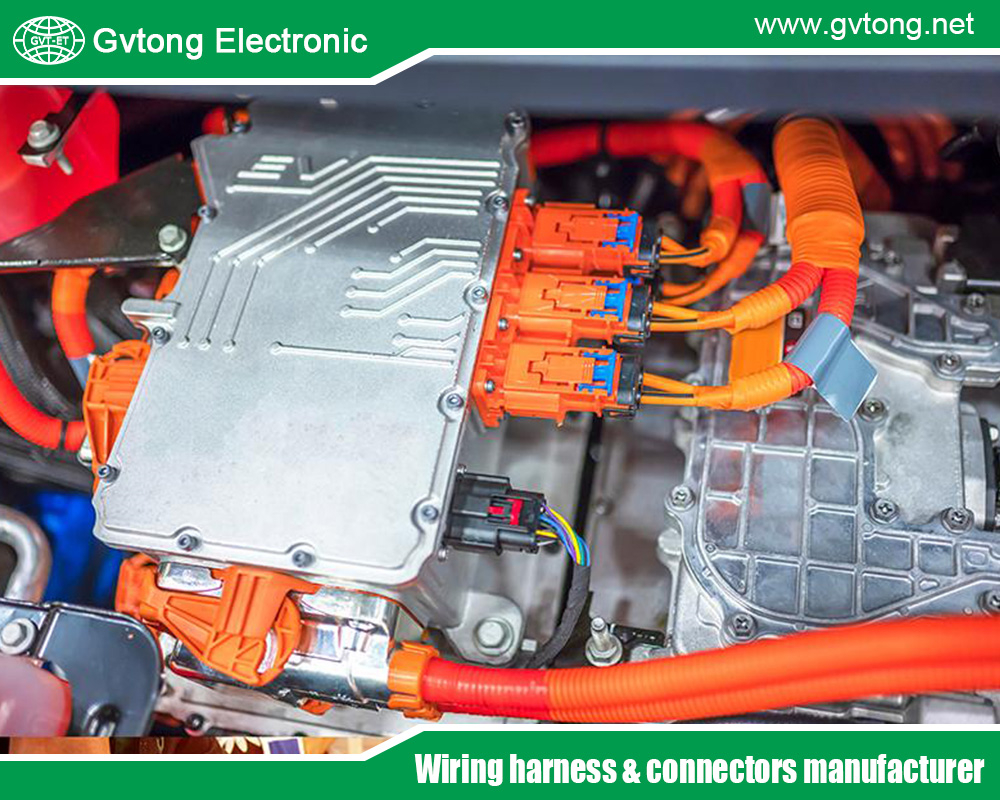
Automotive Power Distribution Connector: Powering the Future of Mobility
- Gvtong Electronic
- automotive antenna connector, automotive coaxial connector, automotive data connector, automotive diagnostic connector, automotive electrical connector, automotive high - frequency, Automotive high - frequency connector, automotive High voltage connector, automotive hybrid connector, automotive Low voltage connector, automotive Oil-resistant Connectors, automotive optical fiber connector, automotive power distribution, Automotive power distribution connector, automotive power distribution connector China, automotive power distribution connector manufacturer, automotive power distribution connector market, automotive power distribution connector system, automotive power distribution connectors, automotive power distribution connectors supplier, automotive Signal Connector, automotive vibration - resistant, automotive waterproof connectors, Customized Busbar, Customized sensor components, Customized Structural Parts, Energy Storage Wire, GA Series-Aviation Plug Connectors, GB Series-Energy Storage Connectors, GD Series-Combined Power Connectors, GE Series-Signal Connectors, GF Series-Floating Connectors, GH Series-Plastic Connectors, GM Series-Metal Connectors, GR Series-Circular Connectors, GT Series Connectors - others, GVTong Model Connectors, High Pressure Connectors, High Pressure Wire, Industrial Control Connectors, Low Pressure Connectors, Low Pressure Wire, Precision injection molding/coated parts, Wind And Solar Storage, Wiring harness
- No Comments
Automotive Power Distribution Connector: Powering the Future of Mobility
In the modern automotive landscape, power distribution connectors are critical components that ensure the reliable delivery of electrical power to various vehicle systems. From lighting and infotainment to advanced driver-assistance systems (ADAS) and electric vehicle (EV) powertrains, these connectors form the backbone of a vehicle’s electrical architecture. As vehicles become increasingly electrified and complex, the demand for robust, efficient, and compact power distribution connectors has surged. These connectors must withstand harsh automotive environments while delivering high currents with minimal losses. This article explores the design, types, applications, and challenges of automotive power distribution connectors, delving into their technical specifications, industry standards, and emerging trends. By understanding their role in modern vehicles, we can appreciate their significance in enabling safe, efficient, and sustainable mobility. As the automotive industry transitions to electric and autonomous vehicles, power distribution connectors are poised to play an even more pivotal role.

What is an Automotive Power Distribution Connector?
An automotive power distribution connector is a specialized electrical component that facilitates the transfer of power between a vehicle’s power source (e.g., battery, alternator, or power distribution unit) and its various electrical systems. These connectors are designed to handle high currents and voltages, ensuring reliable operation of critical systems like engine control units (ECUs), lighting, HVAC, and high-power components in EVs, such as motors and inverters.
Power distribution connectors typically consist of conductive terminals, insulating housings, and sealing mechanisms to protect against environmental factors like moisture, dust, and vibrations. They are engineered to minimize electrical resistance, prevent overheating, and ensure secure connections under dynamic conditions. Common types include multi-pin connectors, high-voltage connectors, and busbar connectors, each tailored to specific voltage and current requirements. These connectors must comply with automotive standards like ISO 16750 and SAE J1742 to ensure durability and compatibility across vehicle platforms. As vehicles integrate more electrical systems, power distribution connectors are evolving to support higher power demands and complex architectures.
Types of Automotive Power Distribution Connectors
Automotive power distribution connectors come in various forms, each designed to meet specific power delivery and environmental requirements. Below are the primary types used in modern vehicles:
- Multi-Pin Connectors:
Multi-pin connectors are widely used for low-to-medium power distribution in conventional and hybrid vehicles. They feature multiple terminals within a single housing, allowing power delivery to multiple circuits, such as lighting, sensors, and infotainment systems. These connectors, often made of durable plastics with metal contacts, are designed for easy installation and maintenance. Examples include Molex Mini-Fit and TE Connectivity’s MCON series. - High-Voltage Connectors:
High-voltage (HV) connectors are critical in electric and hybrid vehicles, where they distribute power (typically 400V to 800V) to components like traction motors, inverters, and battery packs. These connectors use specialized materials, such as copper alloys with high-conductivity coatings, and incorporate safety features like interlocks to prevent accidental disconnection. Standards like IEC 62196 govern their design for EV applications. - Busbar Connectors:
Busbar connectors are used in high-current applications, such as battery-to-inverter connections in EVs. These connectors feature flat, conductive bars that minimize resistance and heat generation. They are often integrated into power distribution units (PDUs) to streamline power flow in compact spaces. Busbar connectors are ideal for high-power systems due to their efficiency and scalability. - Sealed Connectors:
Sealed connectors are designed for harsh automotive environments, offering protection against water, dust, and chemicals (e.g., IP67 or IP69K ratings). They are commonly used in under-hood applications or external systems like lighting and sensors. Materials like silicone seals and robust housings ensure long-term reliability. - Smart Connectors:
Emerging smart connectors integrate diagnostic capabilities, such as current sensing or temperature monitoring, to enhance system reliability. These are increasingly used in EVs and autonomous vehicles to optimize power distribution and prevent failures.
Each type is selected based on factors like current rating, voltage, environmental conditions, and space constraints. The choice also depends on the vehicle’s electrical architecture, with EVs requiring more robust and high-voltage connectors compared to internal combustion engine (ICE) vehicles.
Design Considerations for Automotive Power Distribution Connectors
Designing automotive power distribution connectors involves addressing several technical and environmental factors to ensure performance and reliability:
- Current and Voltage Capacity:
Connectors must handle high currents (up to 500A in EVs) and voltages (up to 800V or more) without overheating or arcing. This requires low-resistance materials like copper or aluminum alloys and precise terminal designs to ensure efficient power transfer. - Environmental Durability:
Automotive connectors face extreme conditions, including temperatures from -40°C to +125°C, vibrations, and exposure to moisture and chemicals. Materials like high-temperature thermoplastics and corrosion-resistant coatings are used to ensure durability. Sealing systems, such as gaskets or O-rings, provide ingress protection (e.g., IP67). - Safety Features:
High-voltage connectors require safety mechanisms like high-voltage interlocks (HVIL) to prevent accidental disconnection during operation. Shielding is also critical to mitigate electromagnetic interference (EMI), especially in EVs with complex electrical systems. - Compactness and Weight:
With the increasing number of electrical components in vehicles, connectors must be compact to fit within tight spaces and lightweight to improve fuel efficiency or EV range. Miniaturized designs and optimized layouts are key considerations. - Ease of Assembly and Maintenance:
Connectors should feature user-friendly designs, such as snap-lock or push-on mechanisms, to simplify assembly in high-volume manufacturing. Color-coding and keying prevent incorrect connections, reducing assembly errors. - Compliance with Standards:
Connectors must meet industry standards like ISO 16750 (environmental conditions), SAE J1742 (high-voltage connectors), and UL 94 (flammability) to ensure compatibility and safety across vehicle platforms.
Manufacturers also focus on scalability to support future power demands, such as those in next-generation EVs and autonomous vehicles. Advanced simulation tools are used to optimize connector designs for thermal performance and electrical efficiency.
Applications of Automotive Power Distribution Connectors
Automotive power distribution connectors are essential for a wide range of vehicle systems, enabling efficient and reliable power delivery:
- Battery Management Systems (BMS):
In EVs and hybrids, connectors link the battery pack to the BMS, distributing power to monitor and control battery performance. High-voltage connectors ensure safe and efficient power transfer. - Traction Motors and Inverters:
EVs rely on connectors to deliver high currents from the battery to the inverter and traction motor. Busbar and HV connectors are used for their low resistance and high-power capacity. - Infotainment and Lighting:
Multi-pin connectors distribute power to infotainment systems, interior lighting, and exterior lights, ensuring reliable operation of these low-to-medium power systems. - Advanced Driver-Assistance Systems (ADAS):
ADAS components, such as radar, LiDAR, and cameras, require stable power delivery. Sealed connectors are often used to protect these systems in external environments. - HVAC and Comfort Systems:
Connectors power climate control systems, heated seats, and other comfort features, contributing to passenger experience and energy efficiency. - Charging Systems:
In EVs, connectors like those compliant with IEC 62196 (e.g., CCS or CHAdeMO) facilitate power transfer during charging, supporting both AC and DC fast charging.
As vehicles integrate more electrified and autonomous systems, power distribution connectors must support higher power demands and complex electrical architectures, making their role increasingly critical.
Challenges in Automotive Power Distribution Connector Design
Designing automotive power distribution connectors presents several challenges:
- High-Power Demands:
EVs and hybrids require connectors to handle significantly higher currents and voltages than ICE vehicles. Ensuring low resistance and thermal management in compact designs is a major challenge. - Thermal Management:
High-current applications generate heat, which can degrade connector performance or cause failures. Advanced materials and cooling mechanisms, such as liquid-cooled connectors, are needed to manage heat dissipation. - Environmental Resilience:
Connectors must endure harsh conditions, including temperature extremes, vibrations, and exposure to road salts or water. Achieving high IP ratings without increasing costs is a persistent challenge. - Electromagnetic Interference (EMI):
The proliferation of electronic systems in vehicles increases EMI risks. Connectors must incorporate robust shielding to prevent interference with sensitive systems like ADAS or communication modules. - Cost vs. Performance:
The automotive industry demands cost-effective solutions for high-volume production. Balancing performance, durability, and affordability requires innovative materials and manufacturing processes. - Standardization and Compatibility:
Ensuring connectors are compatible across different vehicle models and manufacturers requires adherence to global standards, which can limit design flexibility.
Addressing these challenges requires collaboration between connector manufacturers, automakers, and standards organizations to develop solutions that meet the industry’s evolving needs.
Future Trends in Automotive Power Distribution Connectors
The future of automotive power distribution connectors is shaped by the shift toward electrification, autonomy, and sustainability. Key trends include:
- High-Voltage Systems for EVs:
As EVs adopt 800V architectures for faster charging and improved efficiency, connectors must support higher voltages and currents. Advanced materials and designs will ensure safety and performance. - Smart Power Distribution:
Smart connectors with integrated sensors for current, voltage, and temperature monitoring will enhance system reliability and enable predictive maintenance in EVs and autonomous vehicles. - Lightweight Materials:
To improve EV range and fuel efficiency, manufacturers are exploring lightweight materials like aluminum and advanced composites for connectors, reducing weight without compromising strength. - Wireless Power Transfer:
While still in early stages, wireless power transfer technologies could reduce reliance on physical connectors for certain applications, such as charging or low-power systems. Hybrid wired-wireless solutions may emerge. - Sustainability:
The push for eco-friendly vehicles is driving the use of recyclable and bio-based materials in connector manufacturing. Lead-free and low-impact production processes are also gaining traction. - Modular and Scalable Designs:
As vehicle architectures become more complex, modular connectors that support scalable power distribution will simplify upgrades and maintenance.
These trends highlight the need for continuous innovation to meet the demands of next-generation vehicles, from EVs to fully autonomous systems.
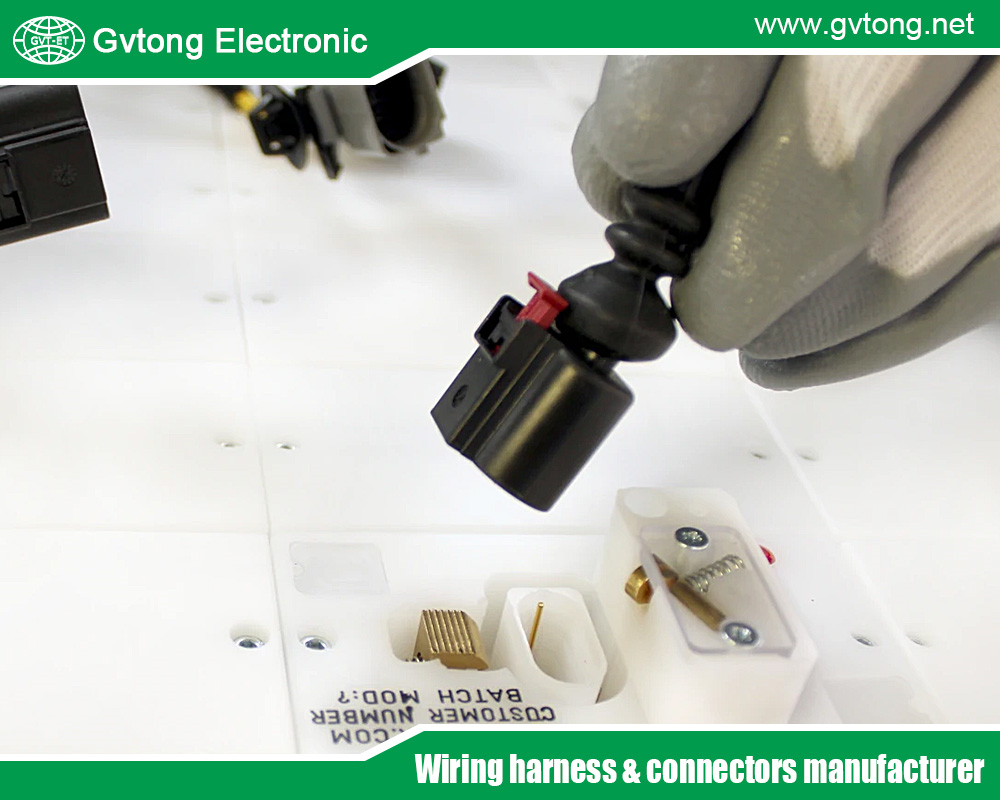
Conclusion
Automotive power distribution connectors are critical enablers of modern vehicle functionality, powering everything from infotainment to electric powertrains. From multi-pin and high-voltage connectors to busbar and smart designs, these components are engineered to deliver reliable power in harsh environments. Despite challenges like thermal management, EMI, and cost constraints, advancements in materials, standardization, and manufacturing are driving their evolution. As the automotive industry embraces electrification and autonomy, power distribution connectors will play a pivotal role in supporting high-power systems and complex electrical architectures. Emerging trends like smart connectors, lightweight materials, and sustainable designs promise to enhance performance and efficiency. By addressing current challenges and anticipating future needs, manufacturers can ensure that power distribution connectors remain at the forefront of automotive innovation, powering the safe, efficient, and sustainable vehicles of tomorrow.
For more about the automotive power distribution connector: powering the future of mobility, you can pay a visit to Gvtong at https://www.gvtong.net/ for more info.
Recent Posts
The Best GR Series-Circular Connectors Manufacturer
The Best GD Series Combined Power Connector Manufacturer
A Guide to Selecting the Best GH Series Plastic Connector Manufacturer
How High Pressure Connectors Work?
The Best Automotive Connector Companies
Tags
Recommended Products
-
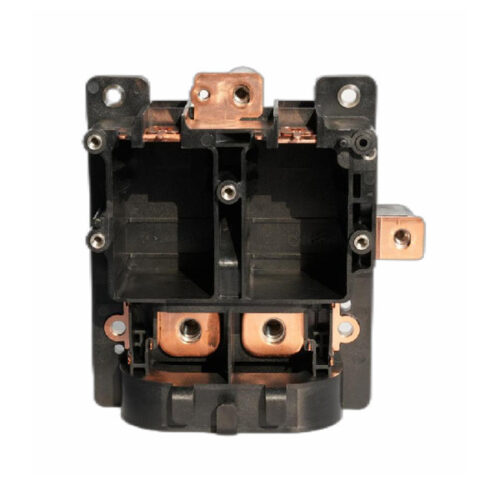
Filter copper bar assembly
-

Combination connector-60 core (34+26) socket
-
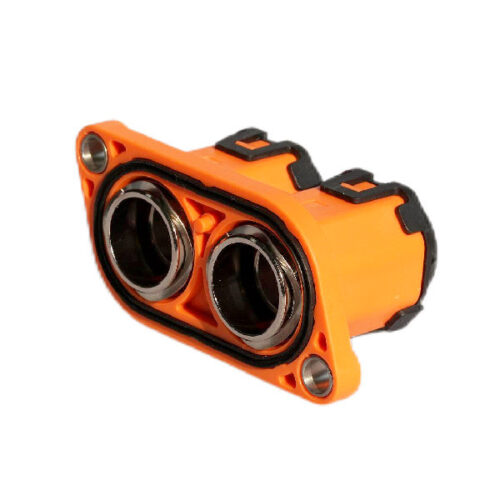
GVPT 2-core wiring connector
-
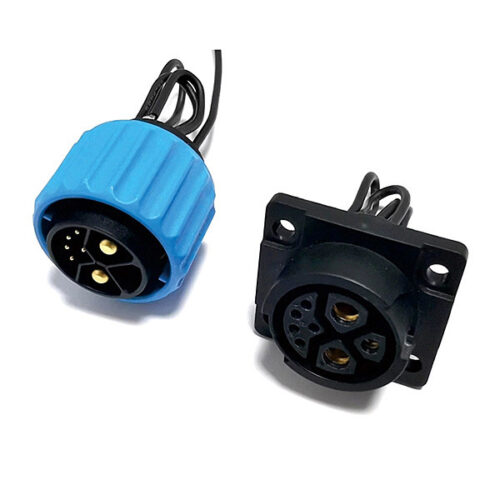
Combined power connector (2+1+5)
-
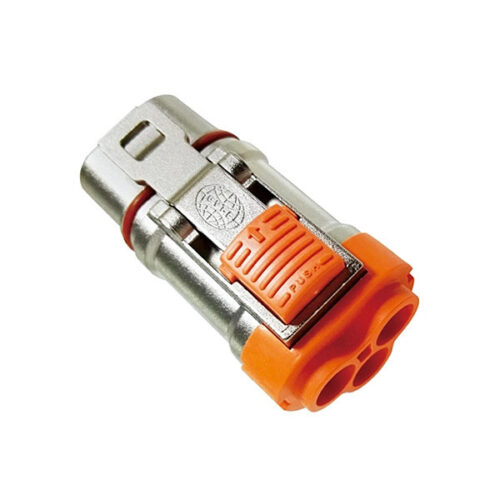
Metal connector-3.6mm-3 core
-
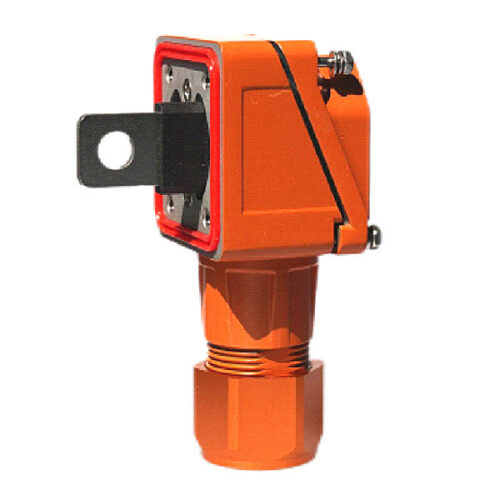
GM Series – Positive and negative junction box – inclined port
-
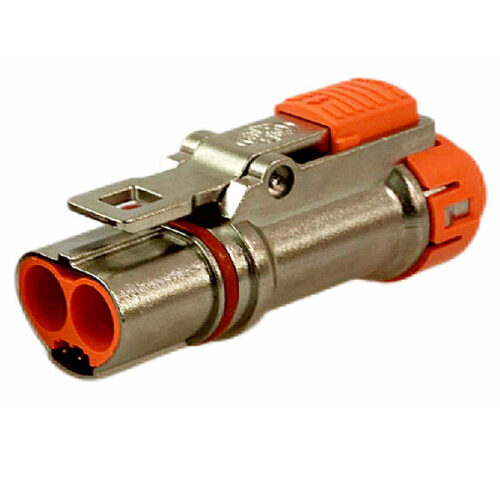
GM Series-3.6mm-2-core Metal Connector
-

GE Series-35-core three-row signal connector
